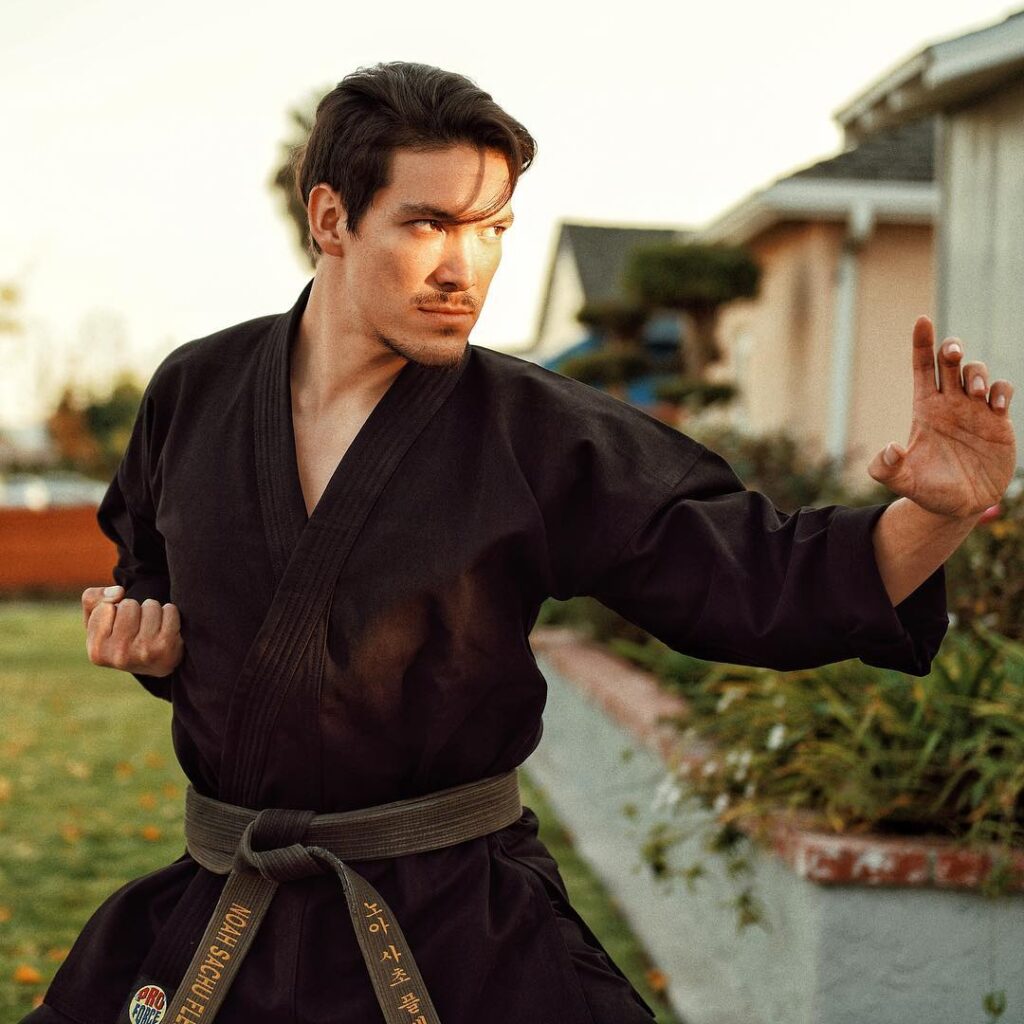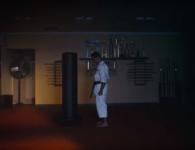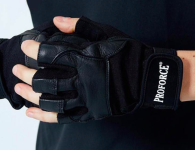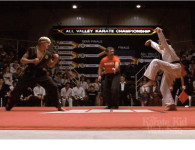
Spring is a time for renewal and growth, and you can apply this spirit to your martial arts training, too. You can take stock of what’s going well for you, discard or change what isn’t working anymore, and make space for some new development. And one great way to switch up your martial arts workouts and keep things new and challenging is to take things outside and enjoy some beautiful spring weather.
If you’re ready for a change of pace, or you just want to take advantage of all of that fresh air, sunshine, and moderate weather, this blog is for you. We’ve put together this introduction to outdoor spring training to help you figure out where to go, what to pack, and what to do.
The Benefits of Outdoor Training
Outdoor martial arts training and cross-training can offer you a refreshing change of pace to your normal routines. If you’re in a rut or plateau in your training, this new setting can help you break out of it and regain your enthusiasm. If you’re currently happy with your training and doing well, sprinkling an outdoor workout or two into the mix can make things even better. New settings and new workout methods can keep your mind and body challenged and get you in the best physical and mental shape for martial arts.
Spring is an especially good time to try an outdoor workout because the temperatures are warm enough to be comfortable without being too hot. Longer days mean that you can fit in an outdoor workout before or after work or school. And the being outside in nice weather can be a huge mood-booster in general after being cooped up all winter.
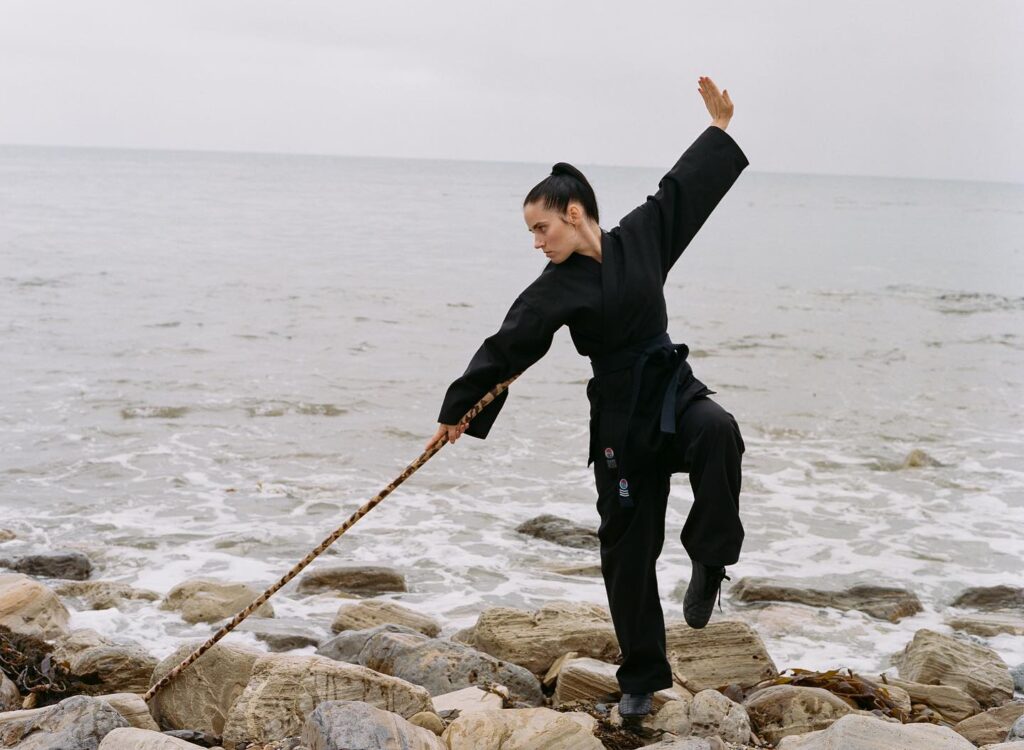
Where To Go
Once you’ve decided that you want to train outside, you’ll need to pick an exact location for your outdoor workout. It helps to start here because not all outdoor spaces are created equal. And where you want to — and where you can — train can help you to plan the best possible workout for the resources you have available.
If you have your own yard or patio, the sky really is your limit. You can set up any equipment you want out there for solo training, or invite friends over for partner drills and open training. If you don’t have access to a private space, you still have plenty of options. You’ll just have to be a little more mindful of other people being around you. Parks can be great for grappling, striking, and cross-training, for example, but not the best choice for outdoor weapons training. Beaches, pools, and even cemeteries can be great for cross-training like cardio and bodyweight strength and conditioning, but you should probably save your sparring for other places.
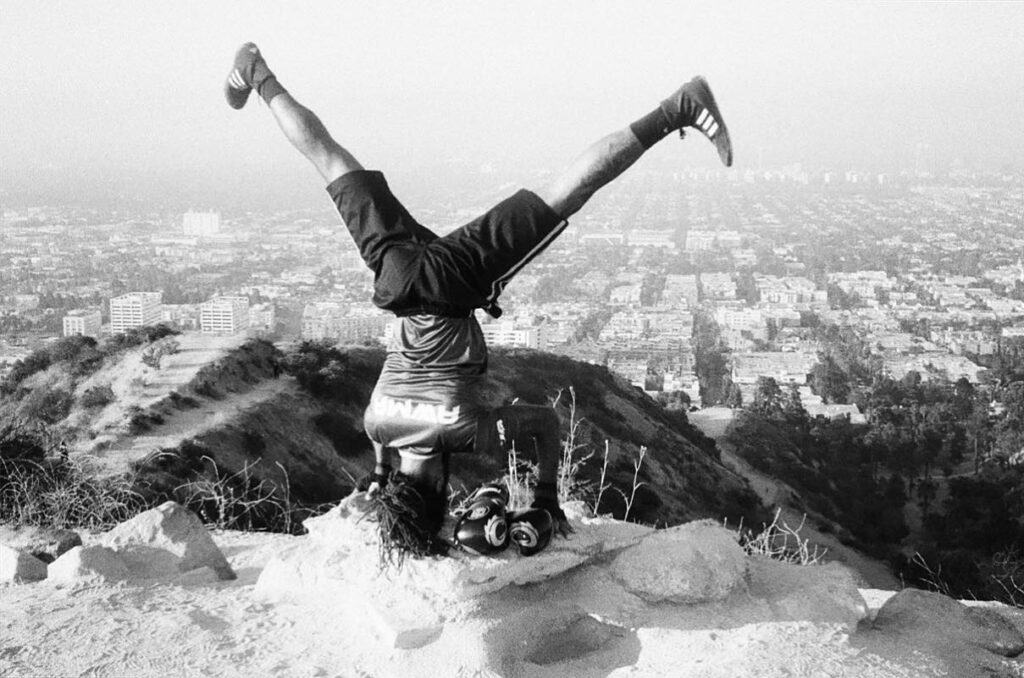
What To Do
When it comes to outdoor exercise, your options are almost limitless. As long as you have an idea, the right space, and the right equipment (if necessary), you can do it! But in general, you can break down outdoor martial arts training into four basic categories:
Grappling Training: We recommend saving the heavy takedown training and sparring for the dojo. But almost anything else you can do in Brazilian Jiu-Jitsu, Judo, amateur wrestling, and MMA groundwork can be adapted for safe and effective outdoor martial arts training. As long as you have a flat outdoor space to work with, some mats to put down, and some people — or a grappling dummy — to work with, you can do position drills, technique training, sparring, and open mat training in the great outdoors. For more ideas, check out our blog post “4 Outdoor Workouts To Try This Spring.”
Striking Training: We recommend keeping your serious sparring and heavy contact training for the gym, but Boxing, Muay Thai, Kickboxing, Karate and Tae Kwon Do technique and conditioning training are good options for outdoor workouts. So is shadowboxing! For more info, “4 Outdoor Workouts To Try This Spring” has some good tips for this type of outdoor martial arts training, too.
Cross-Training: If you can’t or don’t want to do martial arts technique training or sparring outside, you can still do activities that will contribute to your overall success as a martial artist. And the outside world is full of opportunities for fun and effective cross-training workouts. Go for a run around the block or down the beach. Try animals walks in the park. Go for a bike ride. Try a bodyweight interval circuit on your lawn or balcony. All of the above activities — and many more — will help build the strength and cardio conditioning you need to thrive in your martial arts practice.
Active Recovery: Taking is easy on a beautiful spring day can also contribute to your overall success as a martial artist. Rest is a vital part of the training process. If you never take the time to properly recover from your training, you’ll soon find yourself at an increased risk of exhaustion, injury, and illness. So why not consider making your rest a fun part of your training, too? Take a gentle stroll through a park. Sit and meditate. Or even just sit and hang out with some friends while the sun is shining.

What To Pack
Whatever you end up doing outside, it’s a good idea to bring along a bottle of water.
Beyond that, what you need to pack will depend on your activity. To help you prepare for your outdoor workouts, the AWMA has put together the following packing lists:
What To Watch Out For
When you’re working out in a space that hasn’t been specifically designed for martial arts training, there are some extra concerns that you should pay attention to. Be mindful of the space you’re using when you’re in public and do your best to protect yourself and other people who are using it. Make sure that any equipment you’re taking outside can handle the elements — or be sure to use older equipment that you can afford to get scuffed up a little bit. And make sure that you’re aware of the weather. Even a mild spring day can lead to dehydration or heat-related health issues if you’re not aware and careful.
Fore more information, check on our tips on how to train in small spaces, how to train in the heat, and how to get the most out of your outdoor martial arts training.
